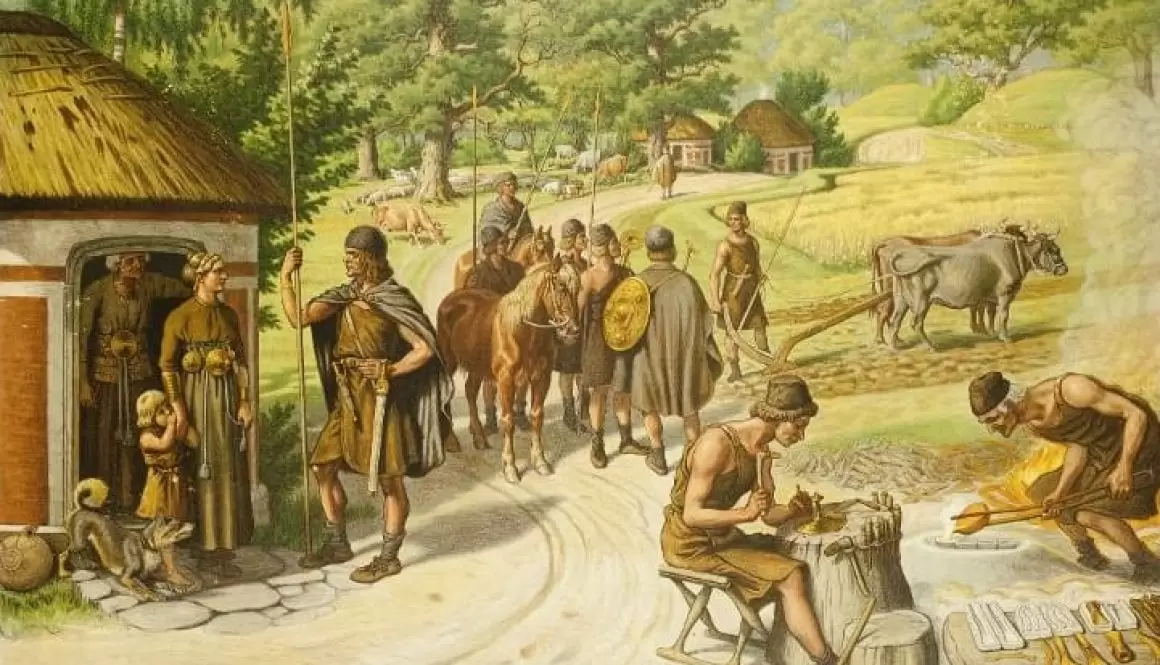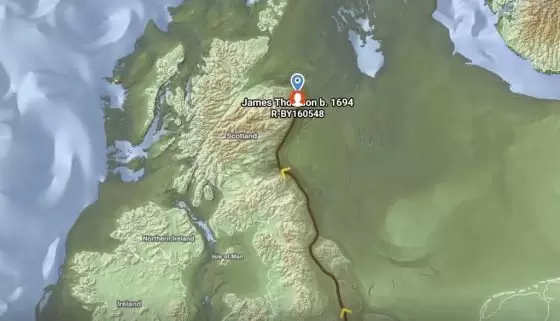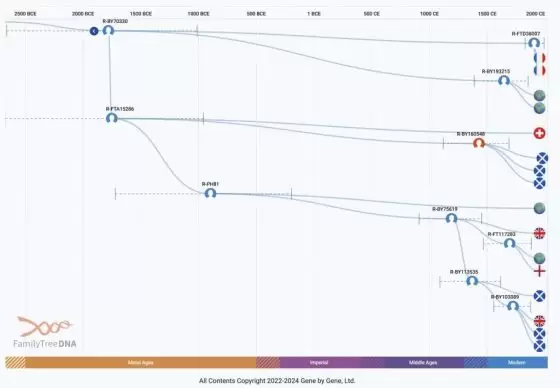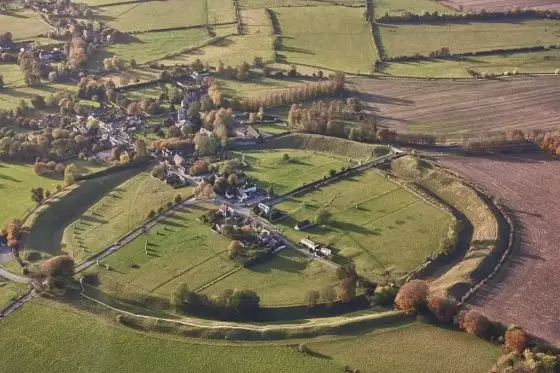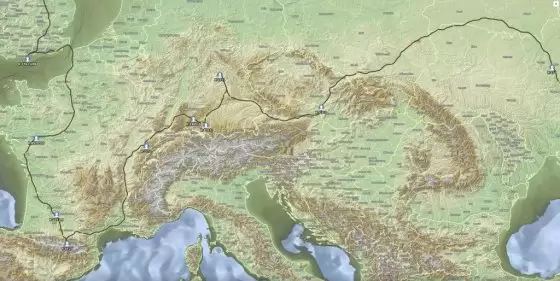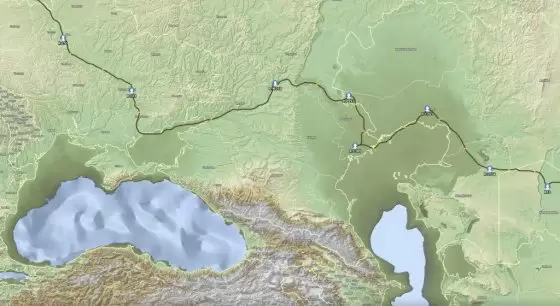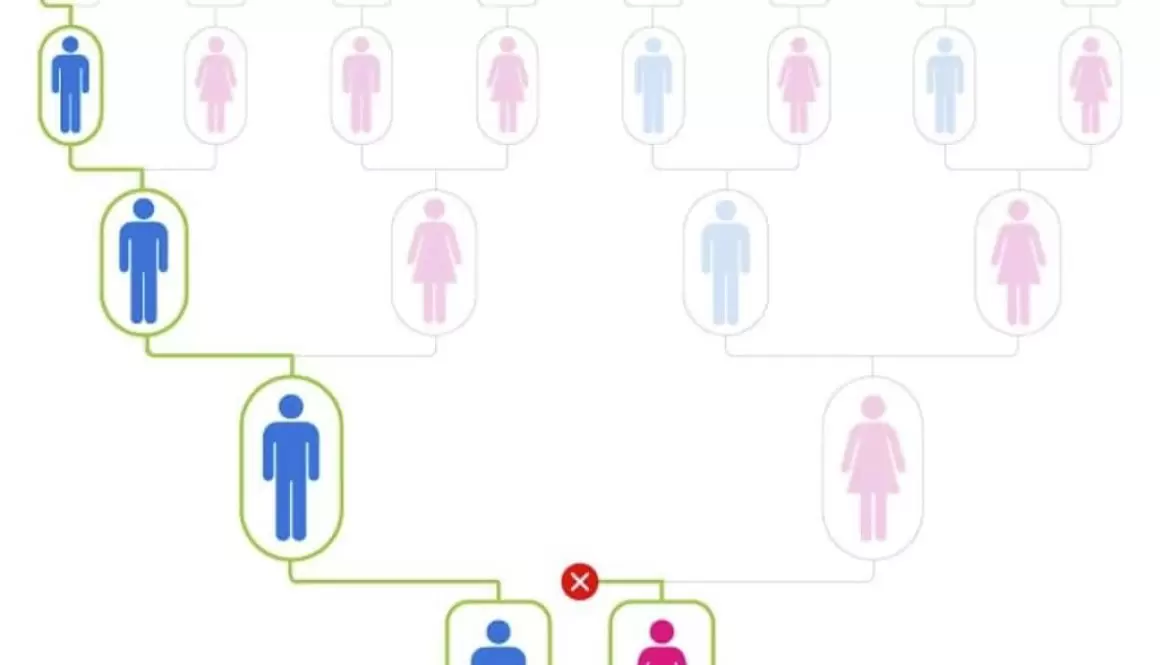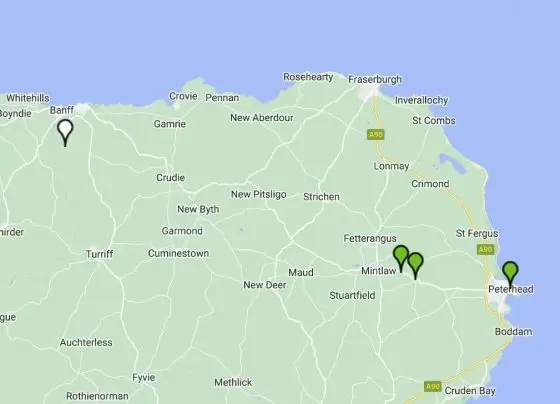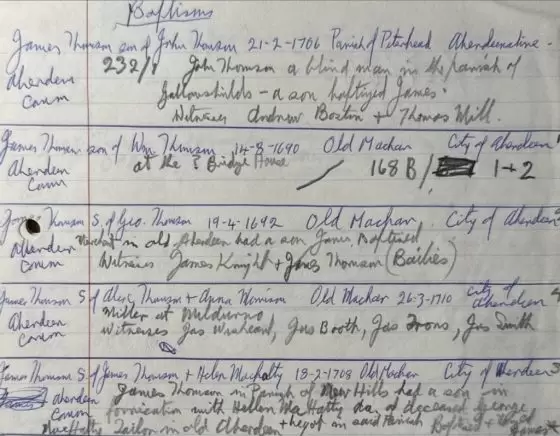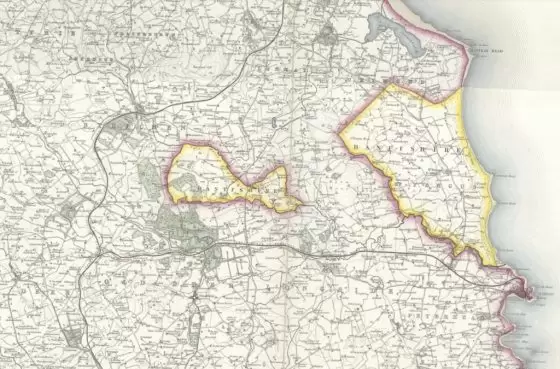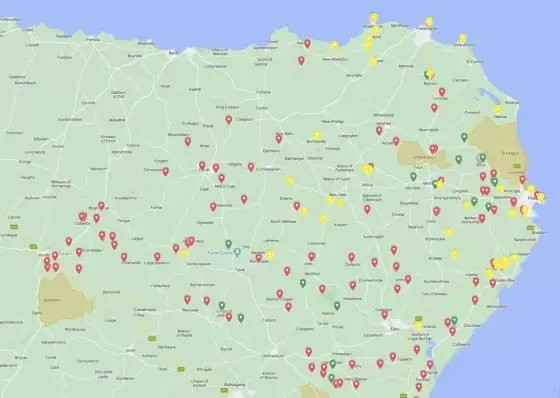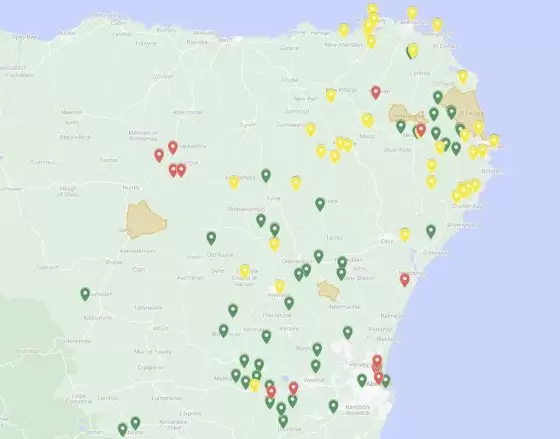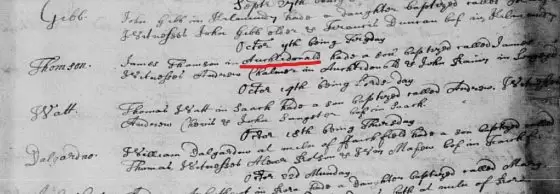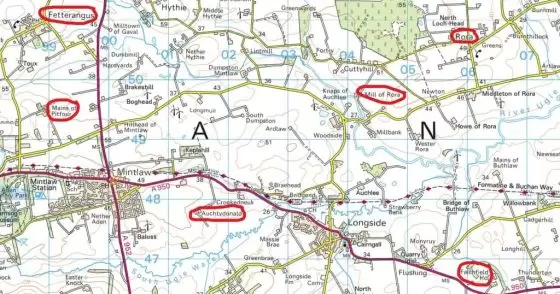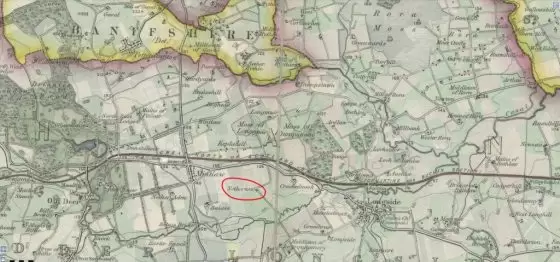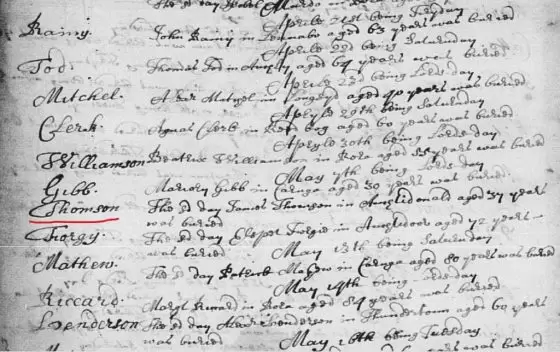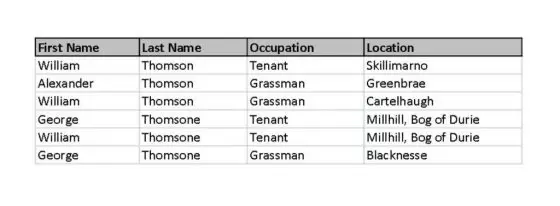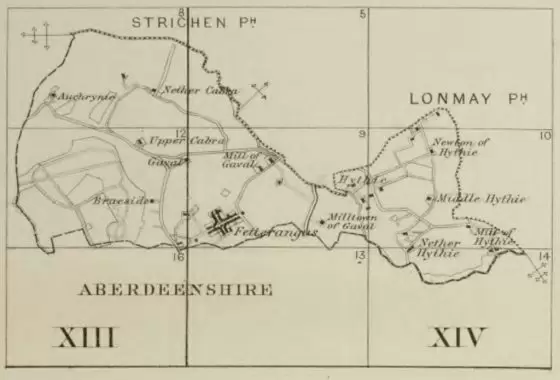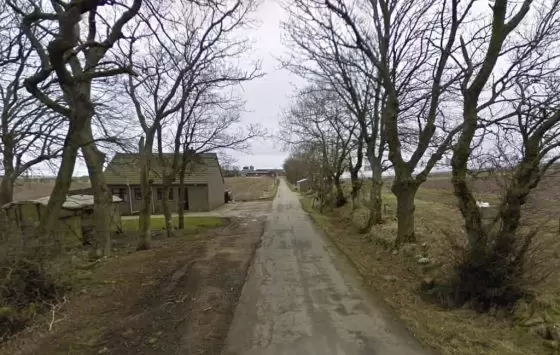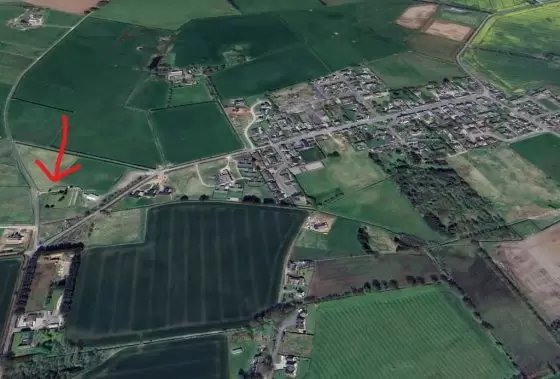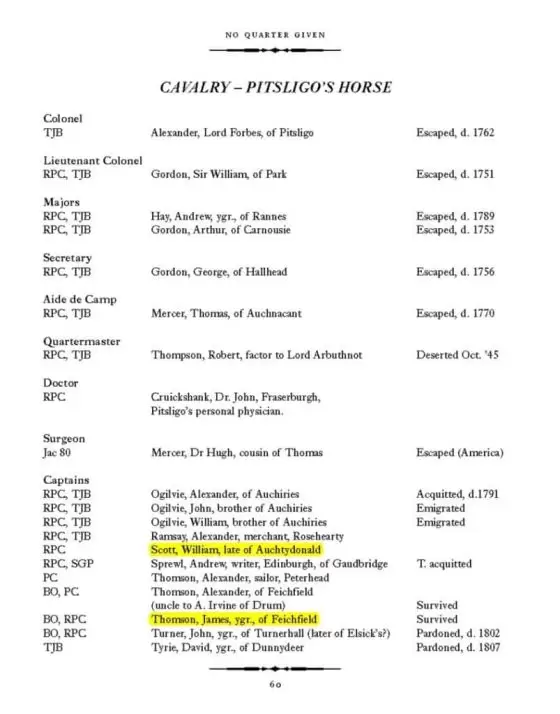Our Prehistoric Journey
Our Prehistoric Journey
Our Prehistoric Journey
When I decided to do a Y-DNA test, I had fairly limited expectations. I was hoping to prove genetically what the genealogy was indicating; namely that I was descended from James Thomson a teacher from Banffshire, who came to the Isle of Lewis, Scotland in 1736. I also hoped that it might also give me some indication as to which part of Banffshire James Thomson had come from.
I was aware that Y-DNA could reach back into prehistory and beyond, but my interest in genealogy has always been limited to those ancestors to whom I can relate in some way. I have always needed to understand the lives that these ancestors led, where they lived, what work they did and also the events that shaped their lives. Once I get back to the stage where I am just collecting names and dates, my interest falls off rapidly.
So, I was quite surprised when I found our ancestral migration story quite so compelling.
What is a Haplogroup
FamilyTreeDNA offer a very clear explanation of Haplogroups and the HaploTree on their website:
A haplogroup can be considered like an ancestor on your family tree. Each haplogroup forms a branch on that family tree. Depending on the age of the haplogroup (when it formed), you may have the name of that ancestor, or the ancestor may have lived so long ago that their name has been lost to time.
Each haplogroup formed at a specific time and in a specific location. Testing of modern peoples and ancient DNA informs us of those locations and phylogenetic experts are able to build not just a tree of humankind, but also migration paths that those haplogroups took across and out of Africa and to the other continents. Those migration paths have been mapped, and you receive a copy of that map with your Y-DNA results.
Each haplogroup is associated with a mutation that occurred at a specific place and time in history. Discovering your branch on the Y-DNA Tree of Humankind allows you to unlock information about your paternal line that you can’t discover any other way.
You can read a more detailed explanation of Haplogroups on the FamilyTreeDNA website.
Ventnor, Isle of Wight
My Y-DNA analysis has led me to more recent Thomson relatives who lived in the Banff-Buchan area of Aberdeenshire in the seventeenth century, but the Haplogroup to which my DNA belongs provides a detailed history of how my earlier ancestors migrated across the globe before they arrived on the south coast of England in about 1700 BC, before settling on the Isle of Wight near Ventnor, during the early Bronze Age.
Today large numbers of economic migrants are crossing the English Channel from France in search of a better life. We should perhaps reflect that my ancestors did exactly the same thing between 1750 and 1700 BC. They had migrated from the Loire Valley in France, near Angers to Ventnor on the Isle of Wight in the space of fifty years.
Before 6500 BC Britain formed part of the continental land mass of Europe, but end of the Ice Age led to increased sea levels, flooding what was once Dogger Land in the North Sea and creating the English Channel.
The Early Bronze Age
The oldest human remains so far found in England date from about 500,000 years ago, and belonged to a six-foot tall man of the species Homo heidelbergensis. Shorter, stockier Neanderthals visited Britain between 300,000 and 35,000 years ago, followed by the direct ancestors of modern humans. Continuous human occupation of Britain began as the climate improved at the end of the last Ice Age, between 9500 – 400 BC, during the Neolithic or late Stone Age. People in Britain at this time were still hunters and gatherers who made use of wild plants and animals. Although most of these people were probably nomadic, recent discoveries of buildings suggest that some had settled lifestyles.
Our ancestors did not arrive in Britain until the early Bronze Age, between 1750 and 1700 BC. The first metal weapons and jewellery began to arrive in Britain in about 2300 BC, along with a new kind of pottery known as Beaker. People were buried with these objects in individual graves, some of which were covered with round barrows. At first the metal used was copper, but by about 2200 BC bronze (an alloy of copper and tin) was being worked in Britain.
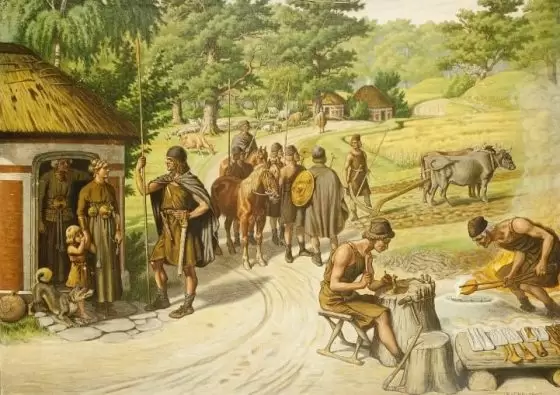
The Journey to Aberdeenshire
Three thousand years elapsed between our ancestor living on the Isle of Wight during the Bronze Age and their appearance in Abedreenshire in 1450. We do not know when or how they travelled north. However, the route they took would have very much depended on when they migrated.
If they started their migration during the Bronze Age, they would have very probably have gravitated towards the cultural centres from the late Neolithic period in Wiltshire, in particular Stonehenge or Avebury, which although older than Stonehenge was still under development during the Bronze Age.
The Onward Journey
Travellers in the Bronze Age, or early Iron Age, would have used the ancient trackways that crossed the country at this time. These tracks were mainly located on high ground, as the low ground was often swampy bogs and heavily wooded, with dangers from disease and wild animals. The Wessex Ridgeway, travelled north east from Avebury towards Lincolnshire. These tracks over high ground became known as “high ways”, and gave rise to use the word highway, which is still in use today to describe a road.
If our ancestors were travelling north during the Roman occupationn of Britain between 43 -410 AD they could have made use of the extensive network of roman roads.
As more people test their Y-DNA. more data will be added to the Haplotree of Humankind and more Haplogroups may appear that will enable us to better understand how and when our ancestors moved north through Britain.
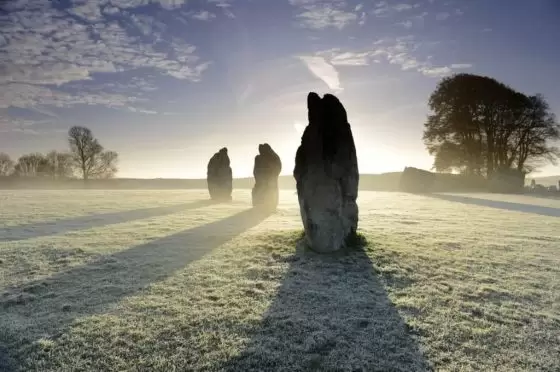
Earlier Migration
The map opposite shows the route our ancestors took from Kyiv in Ukraine to the Isle of Wight. Each marker on the map is a haplogroup, or a node on the haplotree, where a mutation has ocurred in the DNA and another branch of the tree has migrated in a different direction. The haplogroups are geolocated through the DNA analysis of archaeological remains, which have been excavated.
What was perhaps unusual about the migration across Western Europe was that it happened relatively quickly. From Kyiv in Ukraine to the Isle of Wight took only 2,400 years whereas it took them 3,150 years to move from Southern England to Aberdeenshire.
The Stone Age
Hunting and gathering food was the focus of everyone’s lives. It only began to change when humans began to farm. In the early Stone Age, people made simple hand-axes out of stones. They made hammers from bones or antlers and they sharpened sticks to use as hunting spears.
Early Stone Age people hunted with sharpened sticks. Later, they used bows and arrows and spears tipped with flint or bone. People gathered nuts and fruits and dug up roots. They went fishing using nets and harpoons.
Stone Age people cut up their food with sharpened stones and cooked it on a fire. After a good day’s hunting people could feast on meat. But the next day they had to start finding food again!
They used animal skins to make clothes and shelters.
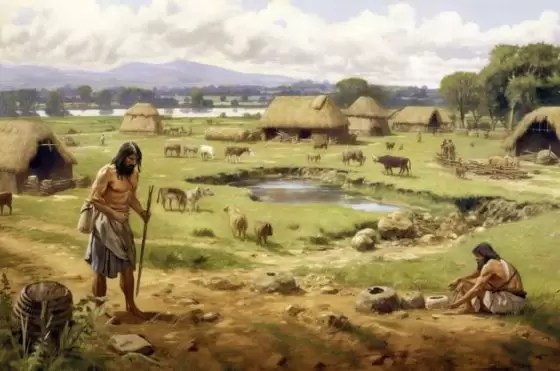
The Mesolithic and Paleolithic Periods
One of the interesting features about the migration, apart from the route they took was the length of time spent in the Steppes of Southern Kazakhstan.
For some 13,000 years there was very little migration and our ancestors seemed quite settled in Kazakhstan, during the Paleolithic or early Stone Age, from 30,000 BC to 17,000 BC.
The speed of migration picked up when our ancestors moved into Southern Russia round the shores of the Caspian Sea and near Rostov on Don during the Mesolithic or Middle Stone Age, between 15,000 – 13,000 BC.
The Neolithic or Late Stone Age started when they moved into south western Ukraine in 4,450 BC and continued until they arrived in the Loire Valley of France during the Bronze Age.
The Complete Route
I have no understanding of the pressures and ambitions that lead to large scale population migration. Presumably the pressures of population growth eventually lead younger generations to move in search of new land and new opportunities.
I can only assume that the population growth would have been exponential, leading to ever faster rates of migration. Our earliest ancestor can be traced to the border of Nigeria and Cameroon in 232,000 BC in the age of Early Homo Sapiens.
It is a quite remarkable journey across Africa, the Middle East, India, to the dhores of the Pacific in Vietnam, before travelling north up the coast of China to Outer Mongolia, then turning west and heading through Russia, Kazakhstan and Western Europe. A total journey of nearly 234,000 years.
Acknowledgements
In writing this article I have relied largely on information provided by FamilyTreeDNA on their website. The information and the attached maps are reproduced here with the kind permission of FamilyTreeDNA.
If you are interested in tracing your patrilineal ancestors, assuming you are male, you can learn more about Y-DNA testing here.
Females, and indeed males, can trace their maternal line using mitochochondrial DNA and you can learn more about mtDNA testing here.
